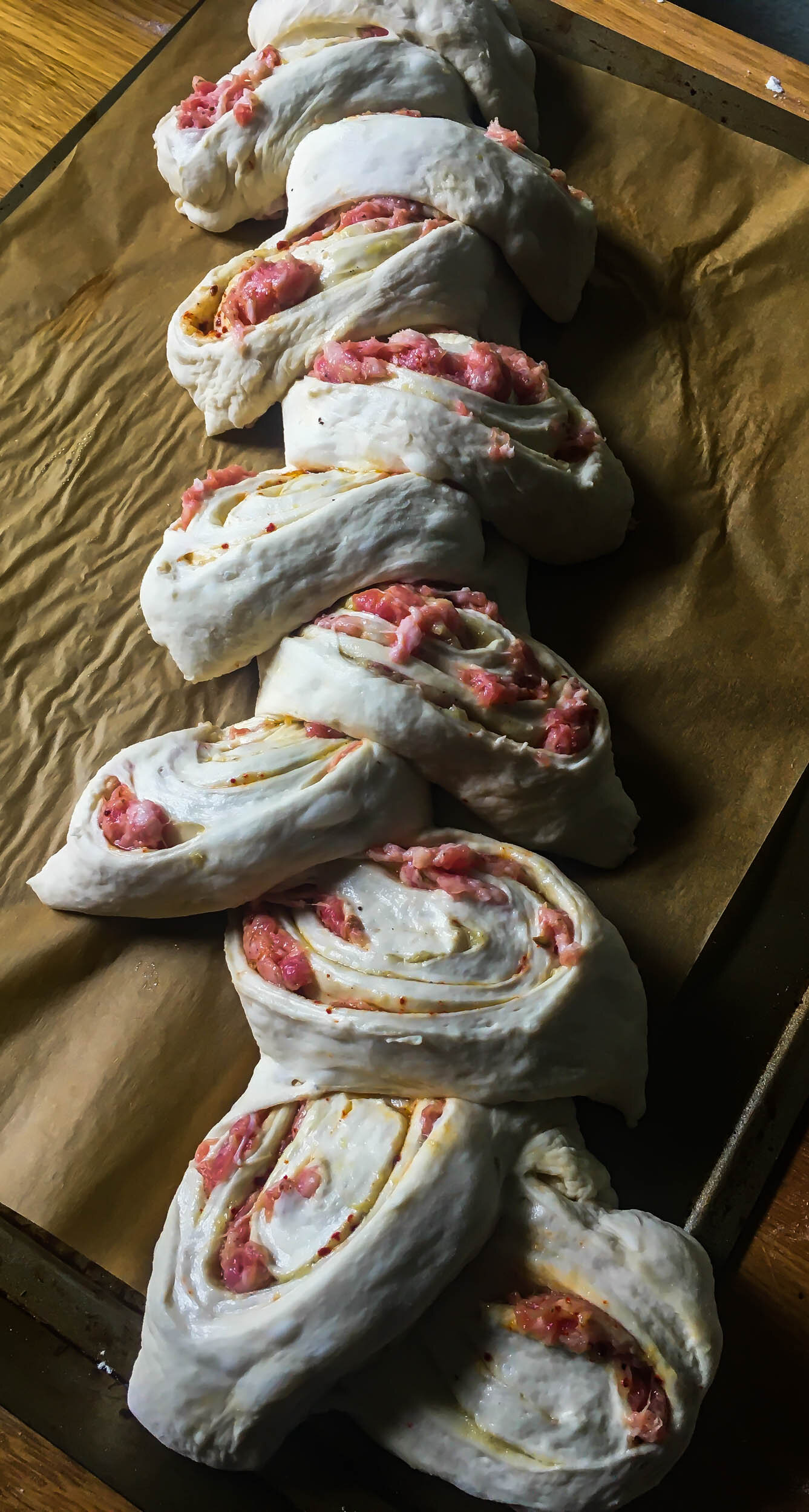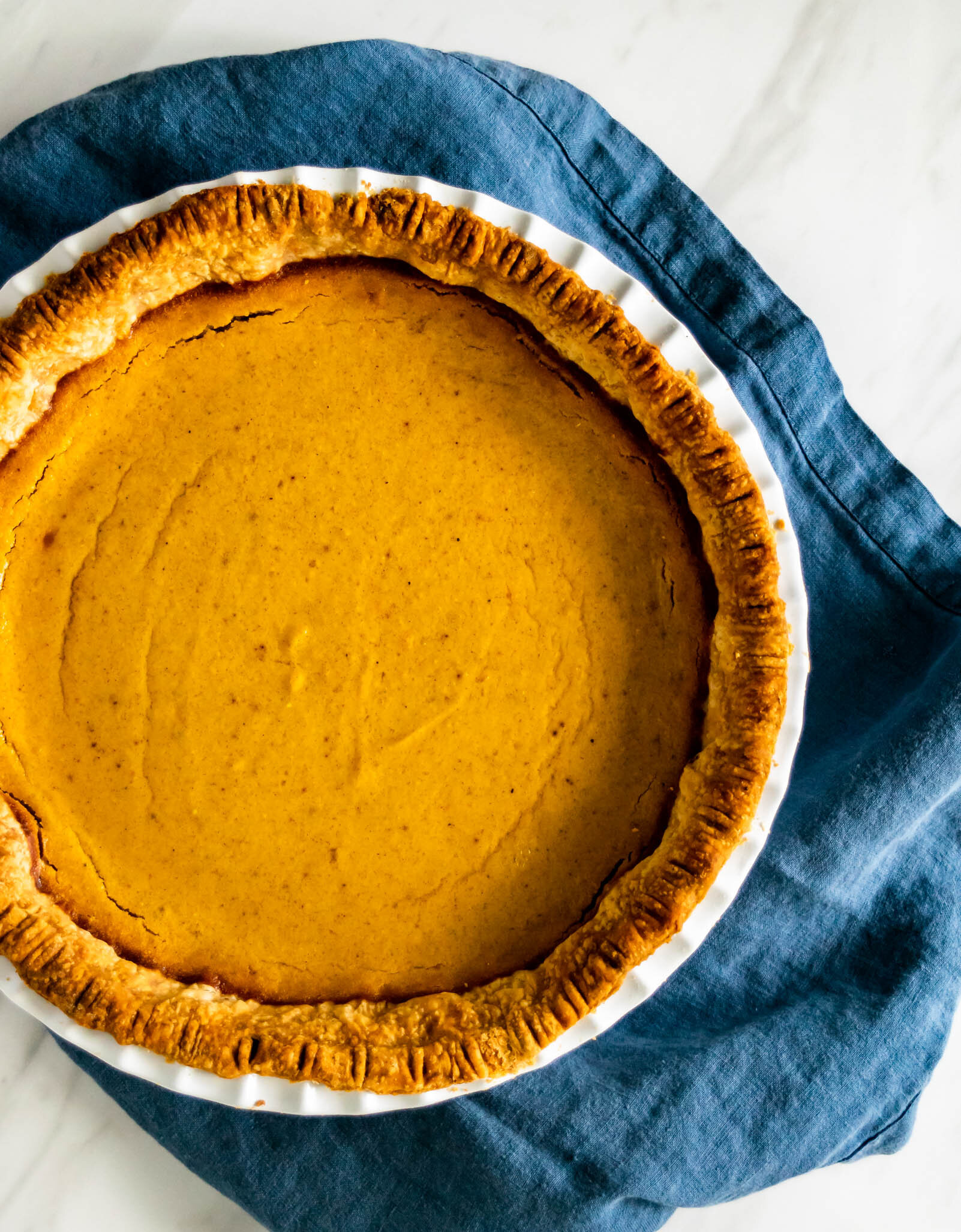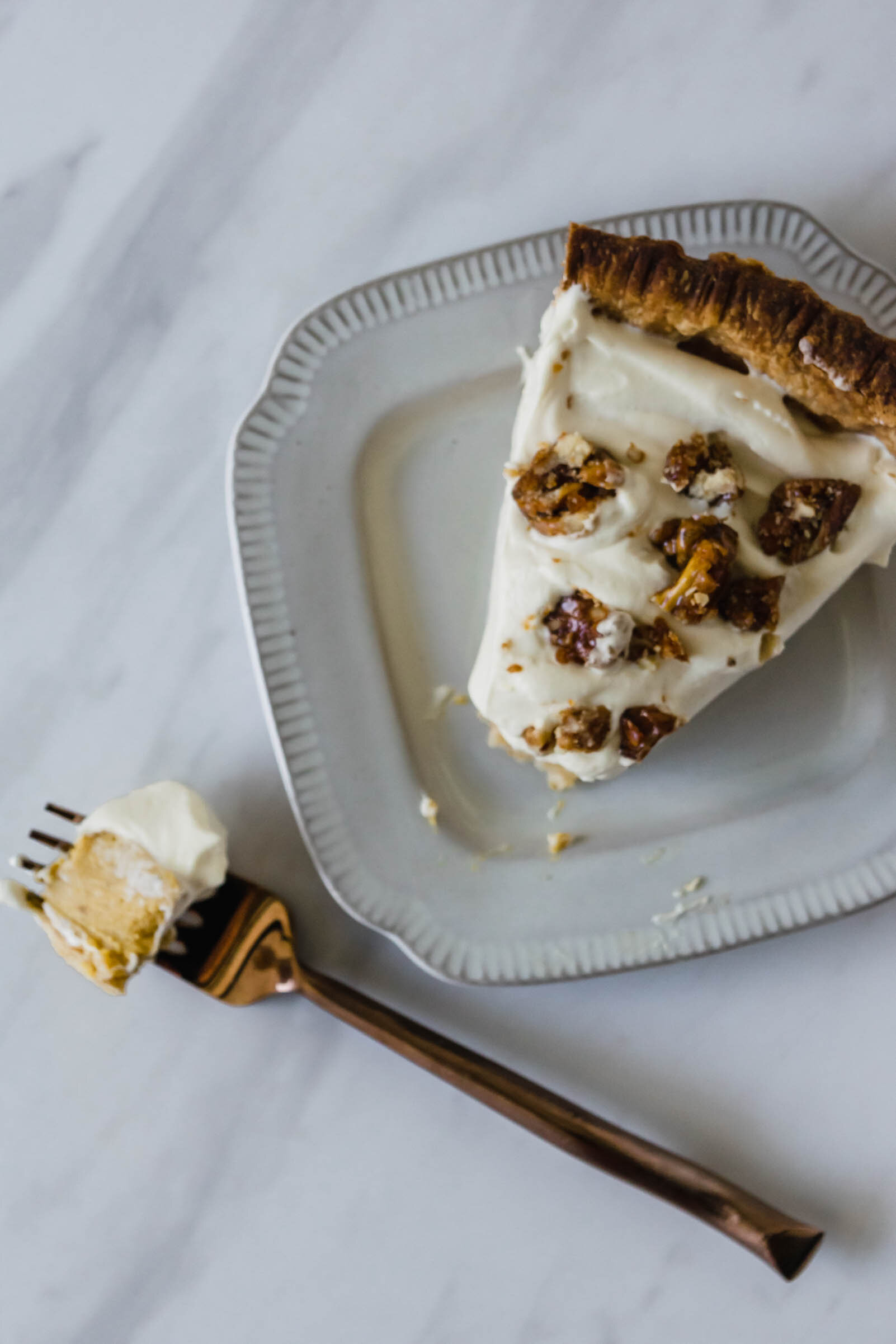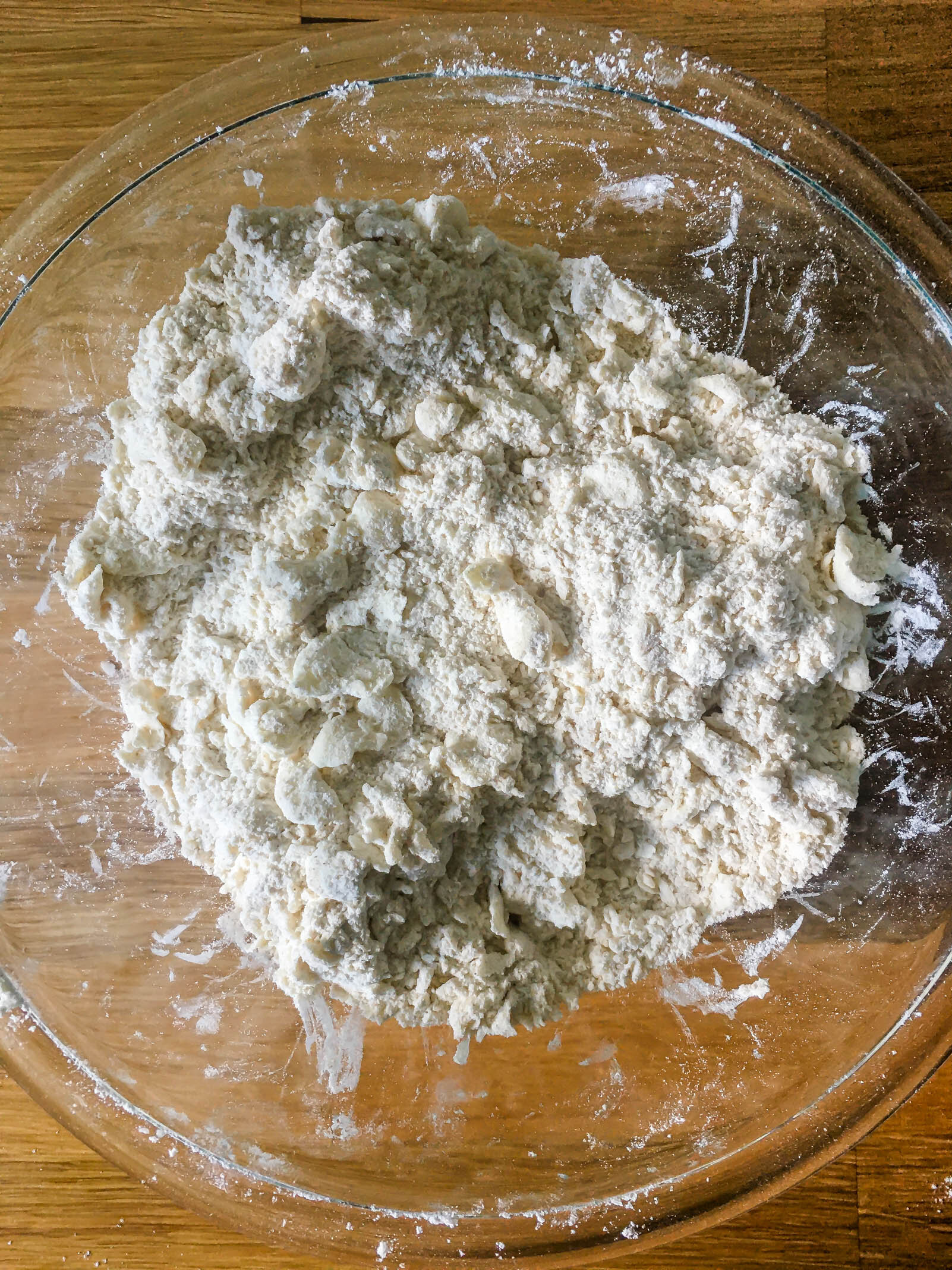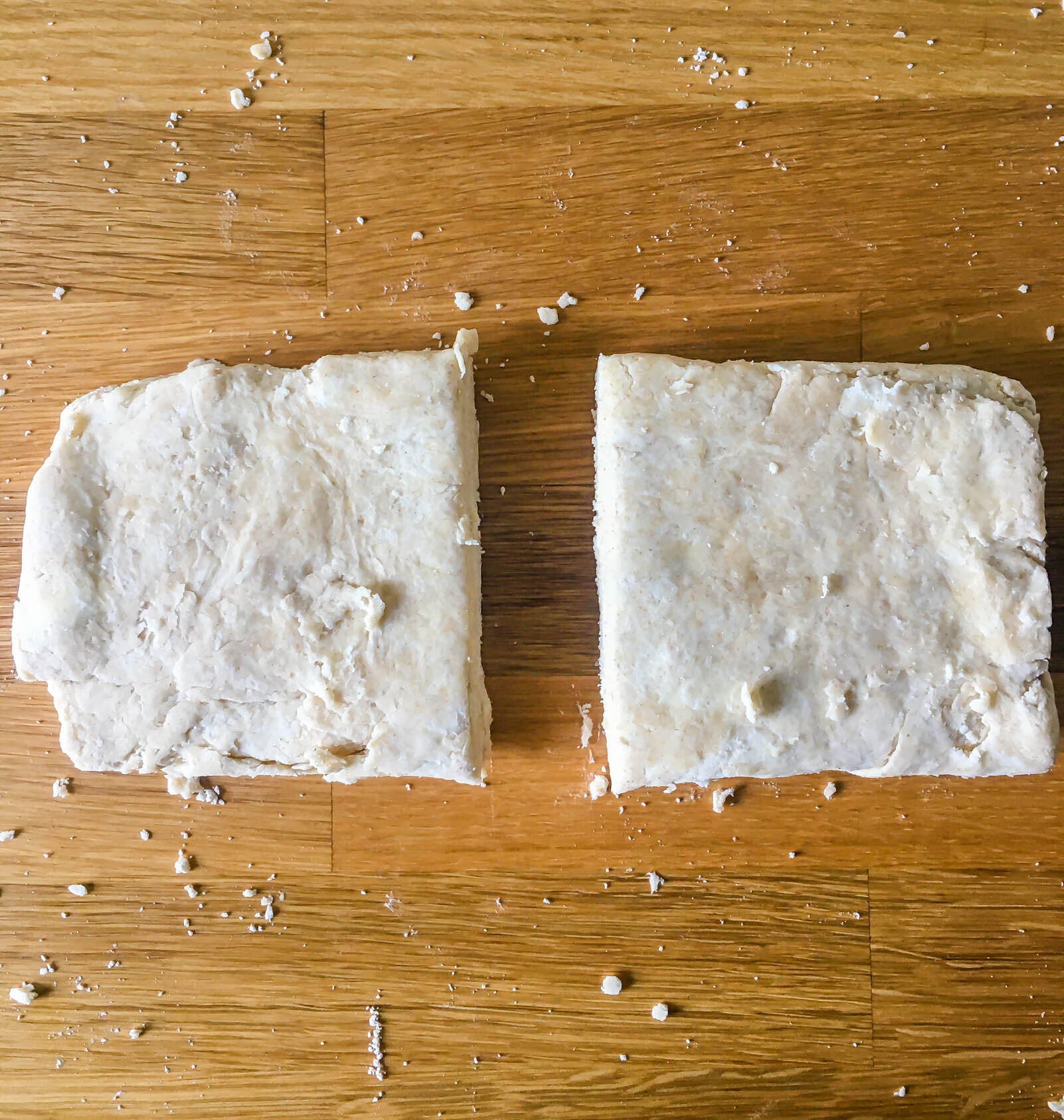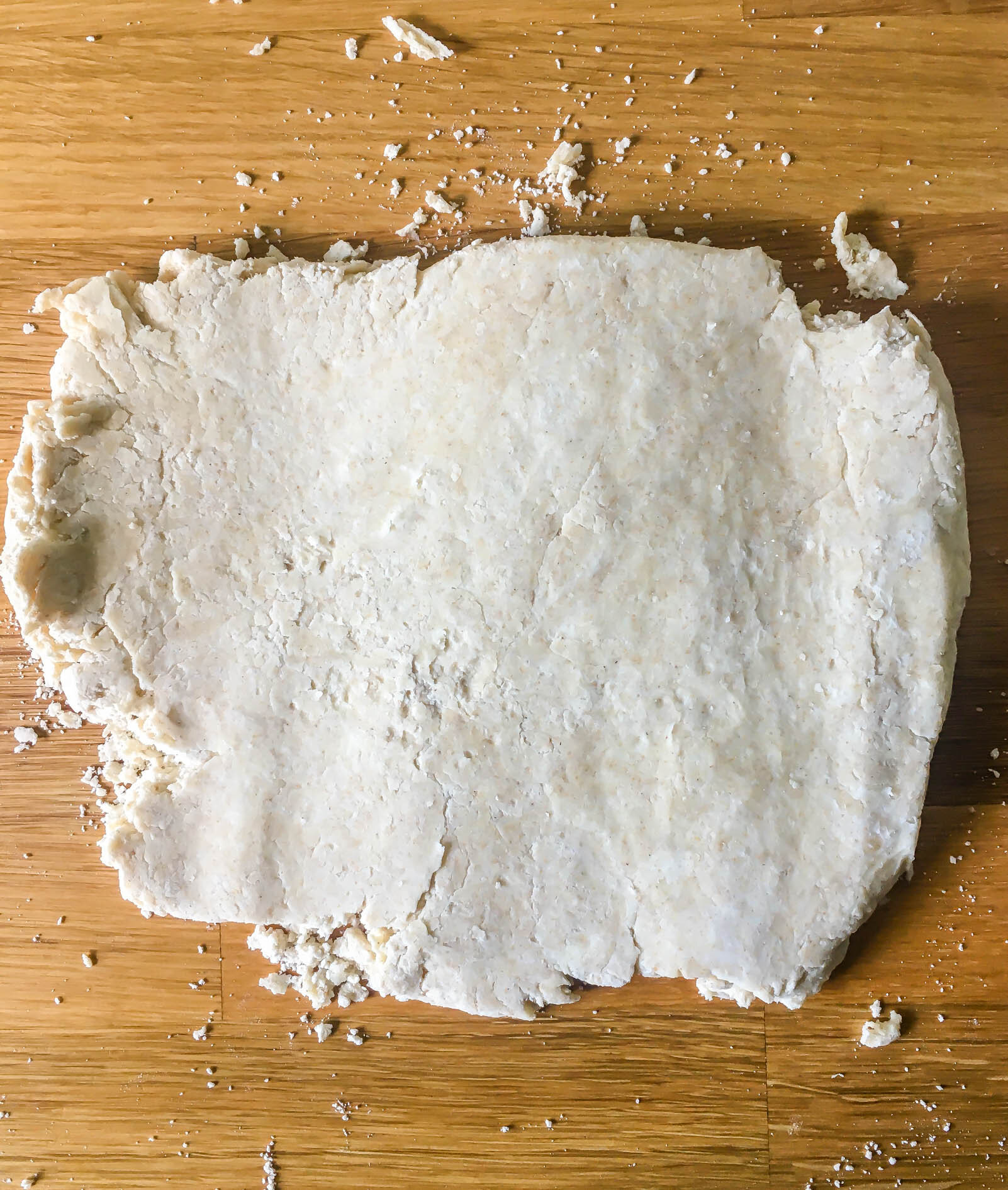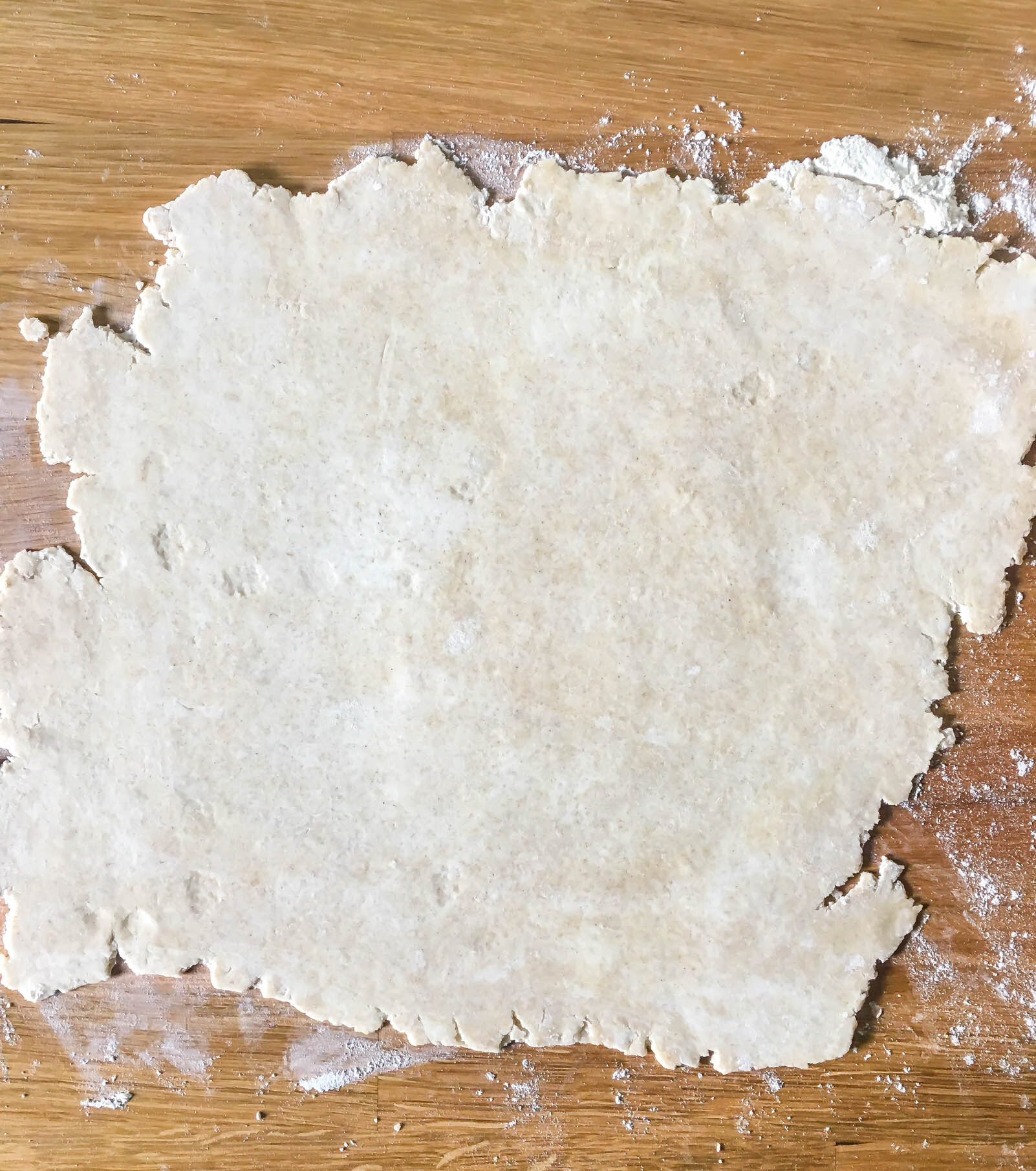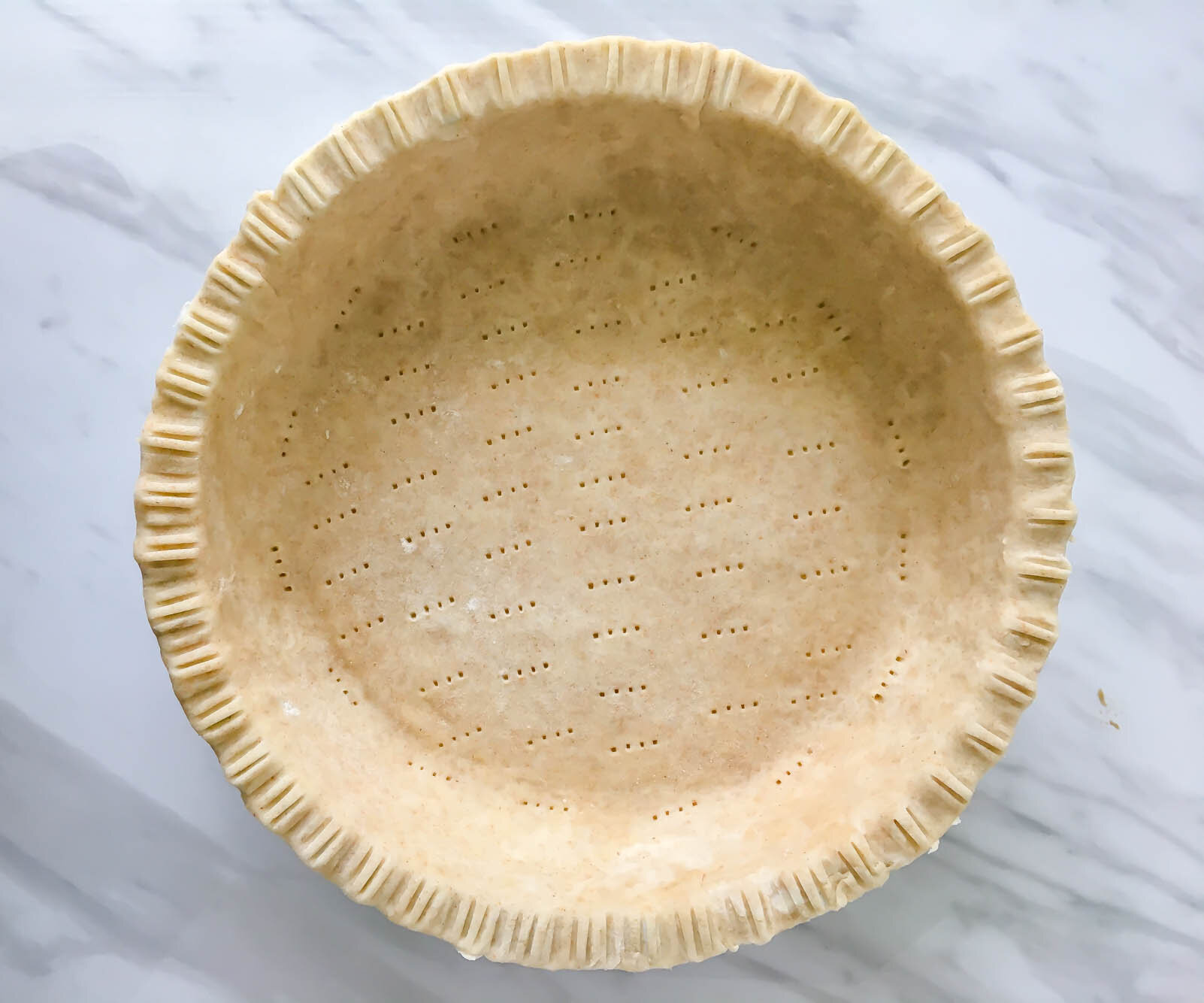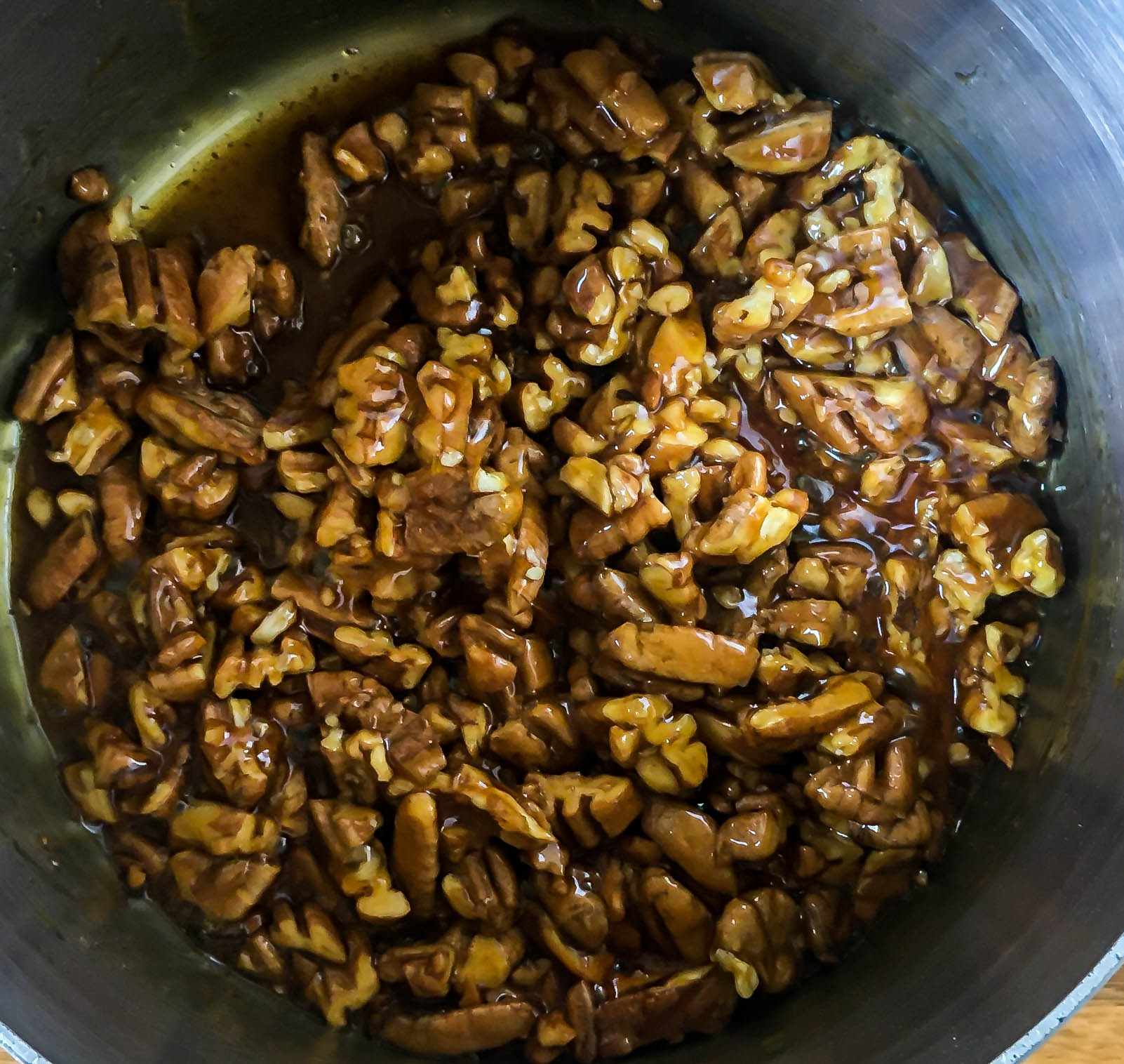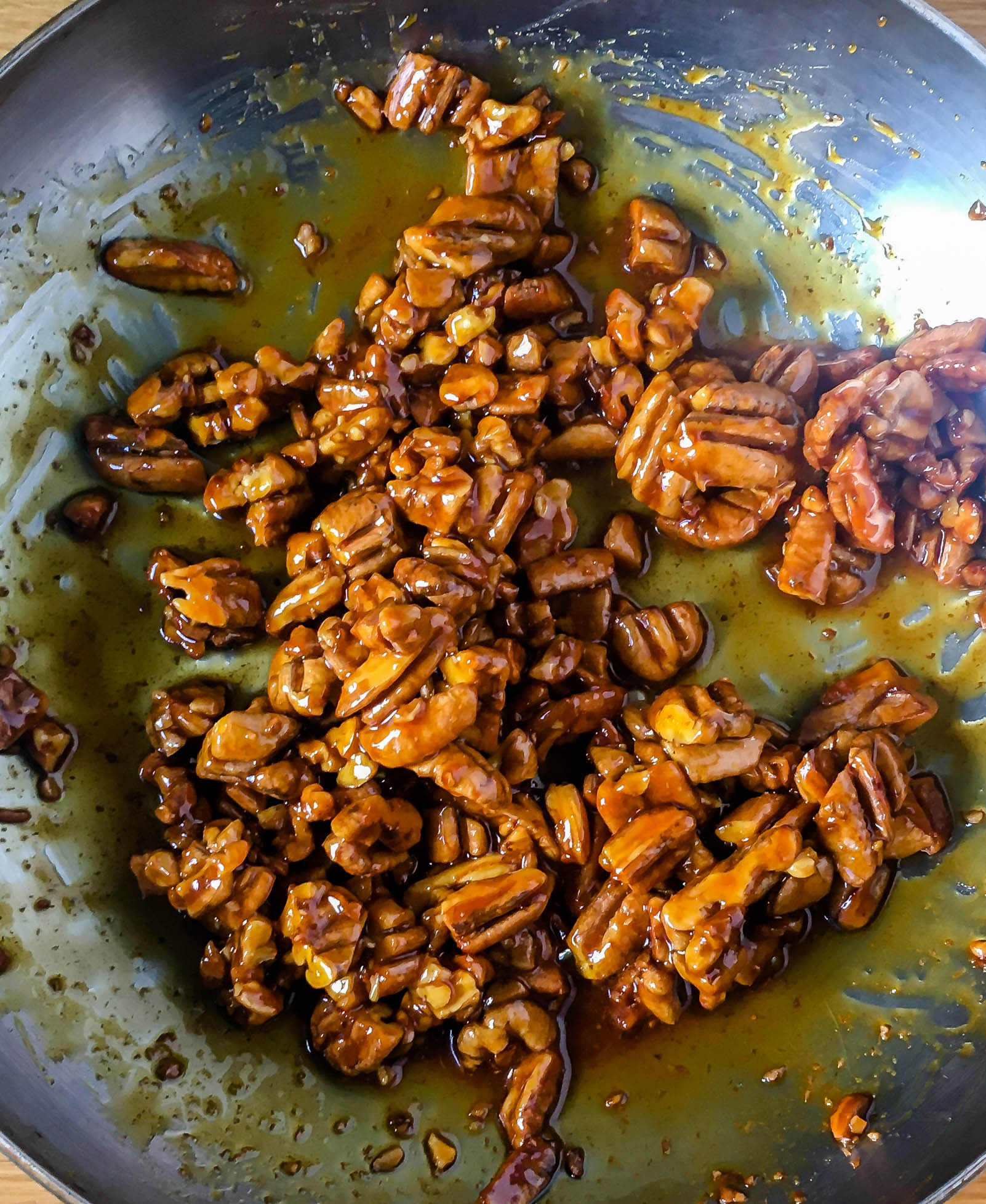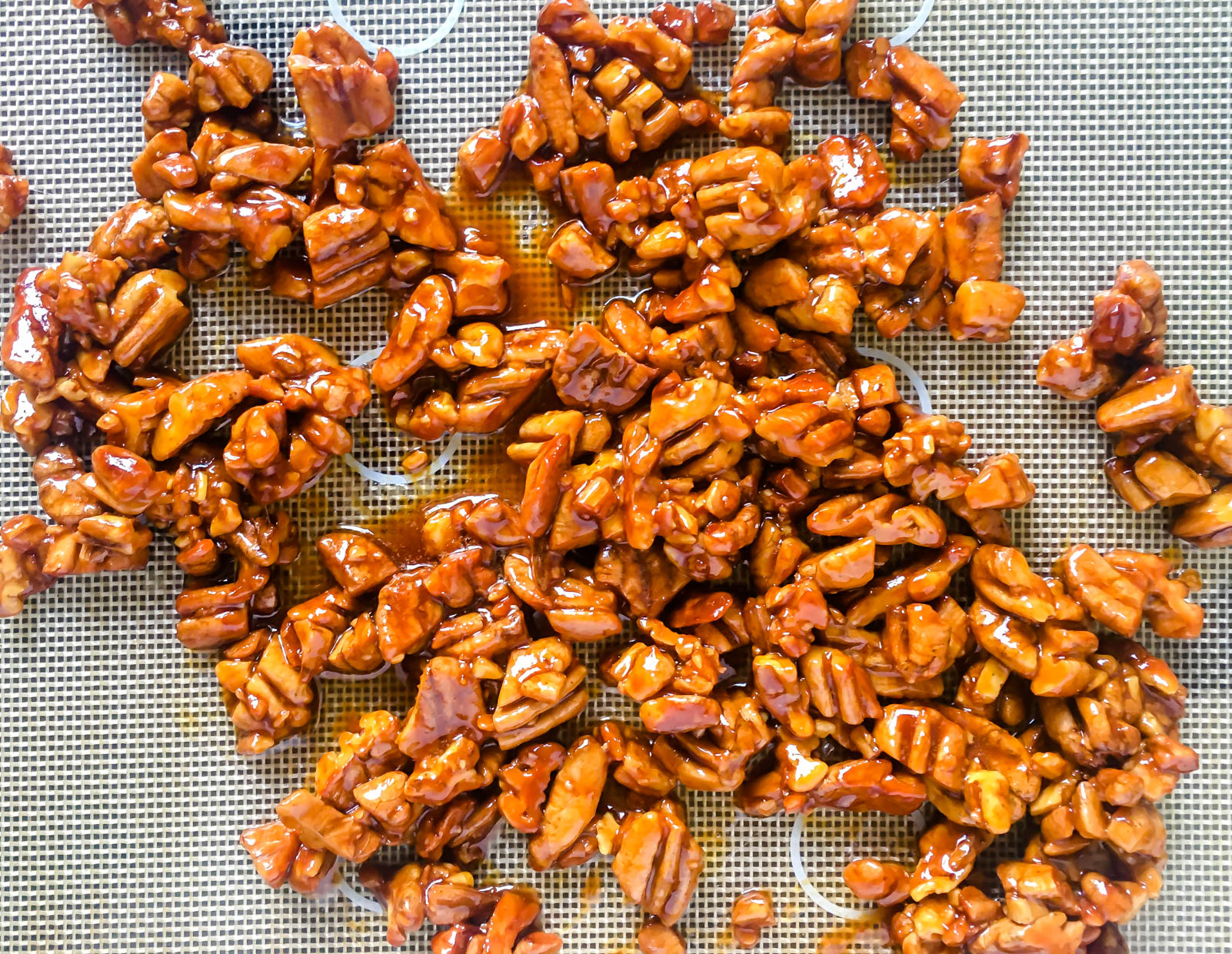Pomegranate Sage French 75
/This weekend, we decorated our little duplex for Christmas. We went to the Christmas tree farm and picked out a barely-five-feet Frasier fir who has a bit of a side lean and we named him Felipe. Then we brought him home and my sweet, patient, loving husband spent three hours trying to construct a make-shift tree stand to tuck inside of a wicker basket in order to recreate a picture that I saw somewhere in the depths of Pinterest. It mostly worked and Felipe is now sparkling in all of his Christmas tree glory in our living room, although my basket tree stand idea doesn’t look exactly like the one from the manicured Pinterest apartment. My desired aesthetic was “minimalist festive” which is the fancy way of saying that I tried to spend as little money on decorations as physically possible so that I would have more money for all the things about Christmas that I really love— hosting dinner parties, making cheeseboards and elaborately decorated cookies, wine, and of course, new cocktails.
I love of a good holiday cocktail. I started working on this one a couple of months ago, right after Halloween when it became acceptable to start drinking holiday cocktails. It’s the perfect drink to take you all the way through the New Year. The pomegranate juice gives a tart, fruity flavor and provides that season-signature deep red color. The sage syrup and gin provide a gentle sweetness and an earthy, floral, component and the Champagne bubbles make it feel festive and party-worthy. This drink is also easy to scale up and mix ahead of time. If you’re heading out to an ugly sweater party or a Christmas Eve dinner, mix up a big batch of the pomegranate juice, sage syrup, and gin and bring a bottle of bubbly along. You can use any dry sparkling wine in place of Champagne (like Cava or Prosecco), but then you may have to change the name to a Spanish 75 or an Italian 75. :) Mix it any way you like, but I recommend enjoying this cocktail with lots of good friends, preferably under some twinkling lights.
Pomegranate Sage French 75
Yield: 4 cocktails
Ingredients:
6 oz gin
3 oz pomegranate juice
1.5 oz sage syrup
8 oz dry champagne
Strips of orange zest from 1 orange
for the sage syrup:
4 oz sugar
4 oz water
3-4 sprigs of fresh sage
Procedure:
To make the sage simply syrup: combine equal parts sugar and water in a medium saucepan over medium heat. Add sprigs of sage and bring to a boil, stirring occasionally. When sugar is dissolved, remove from heat and allow to cool completely. Remove sage (strain if needed) and refrigerate.
For the cocktail: Combine gin, pomegranate juice, and sage syrup and mix well. Divide evenly between glasses. Top each glass with 2 oz champagne and 1 strip of orange zest. Add ice if desired.











